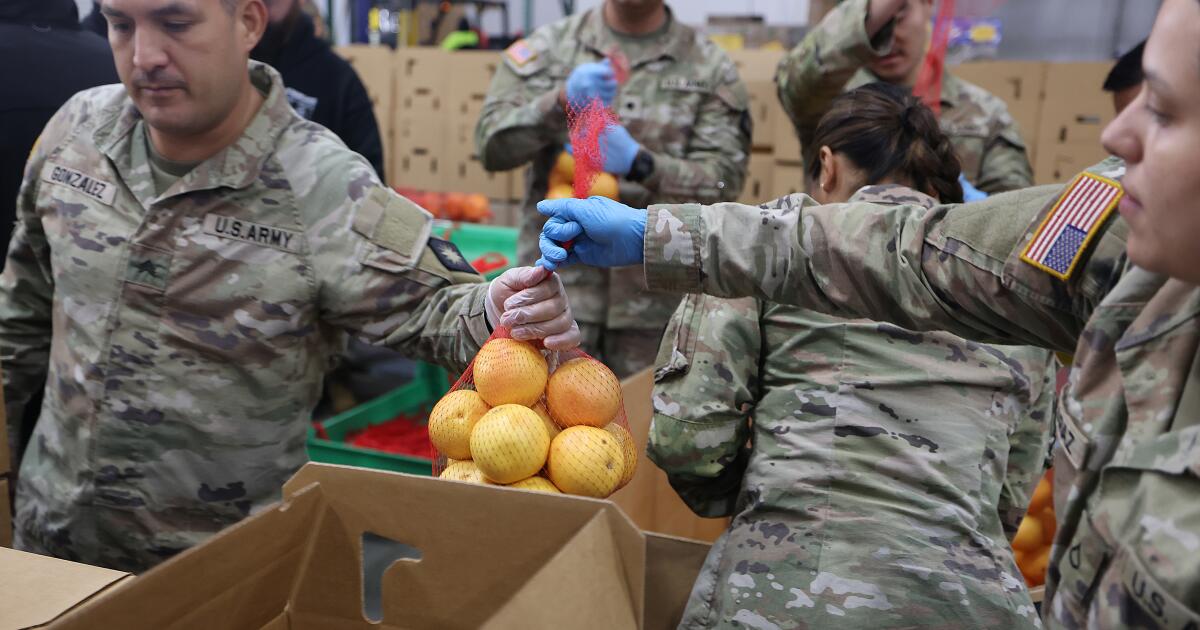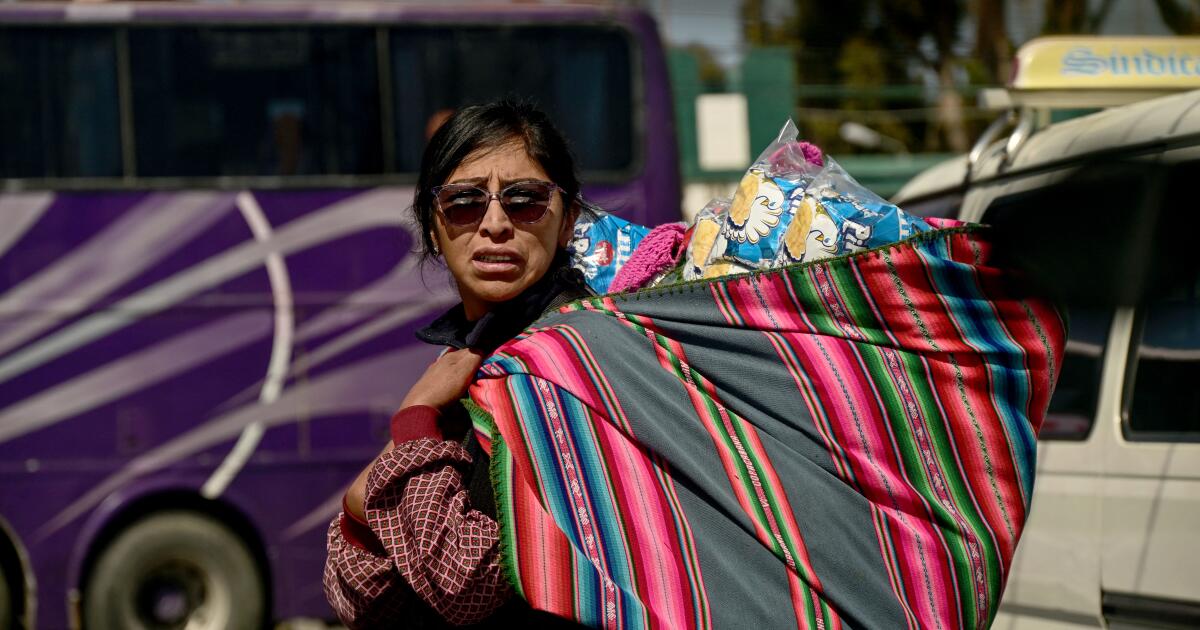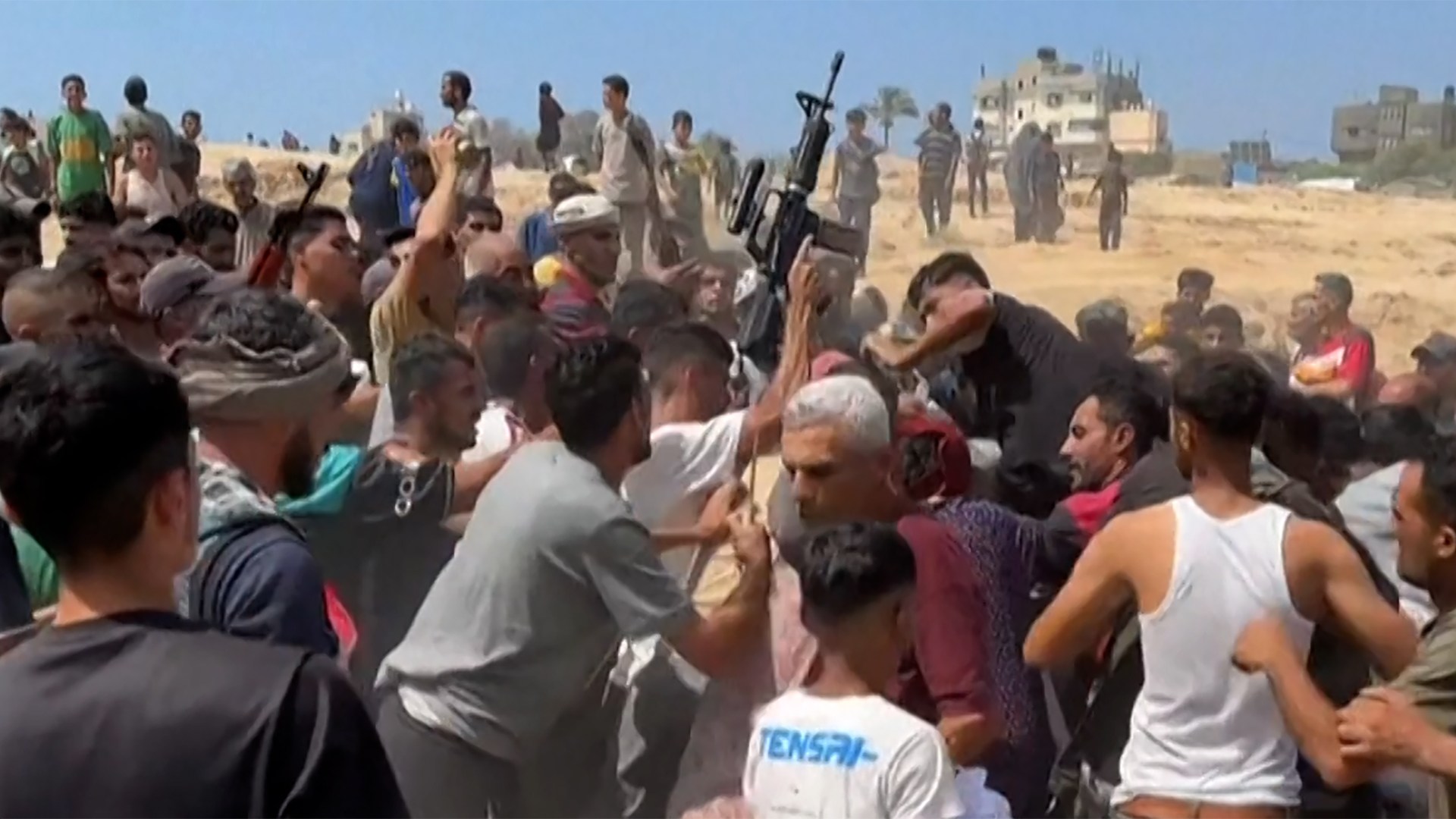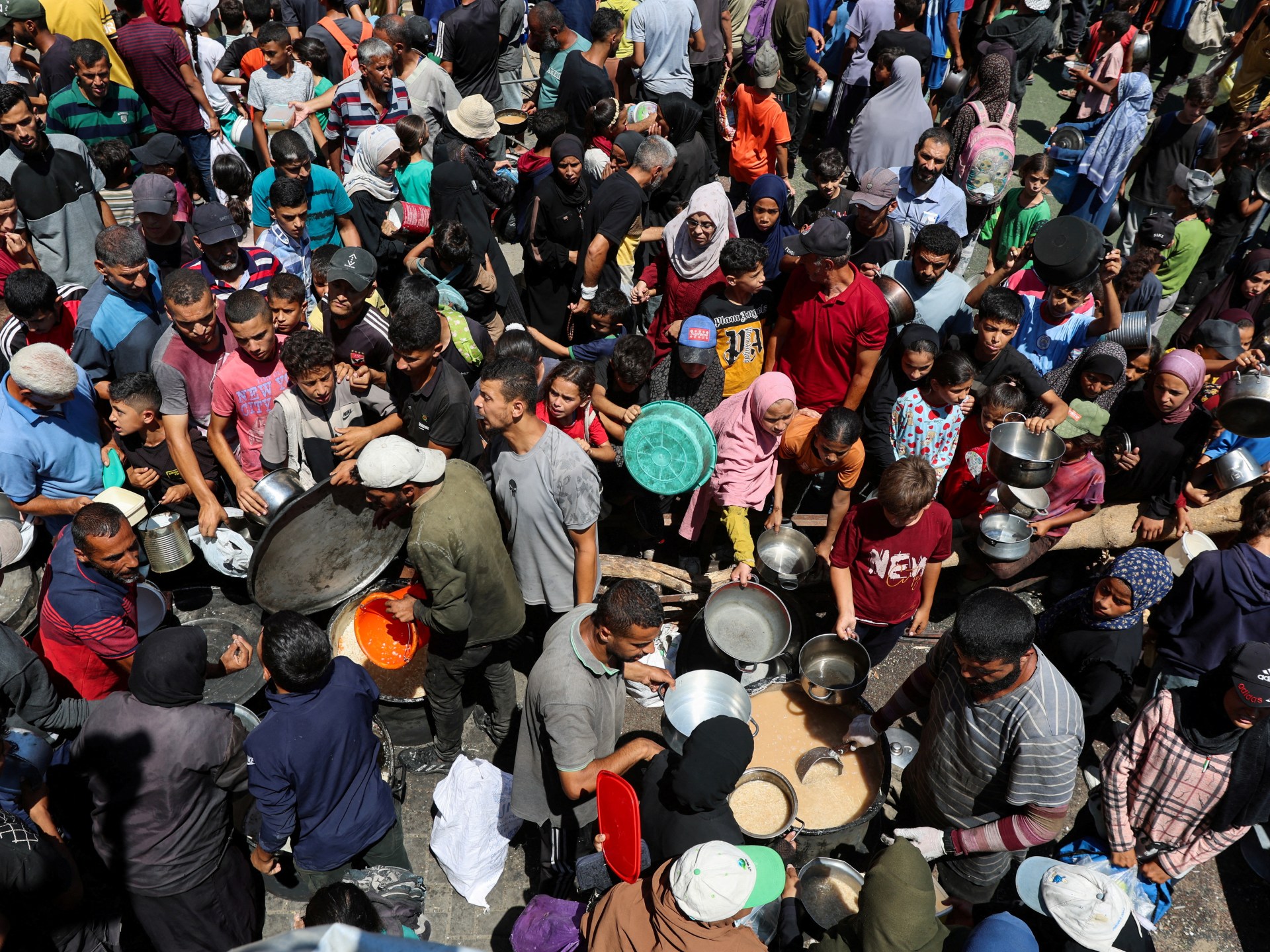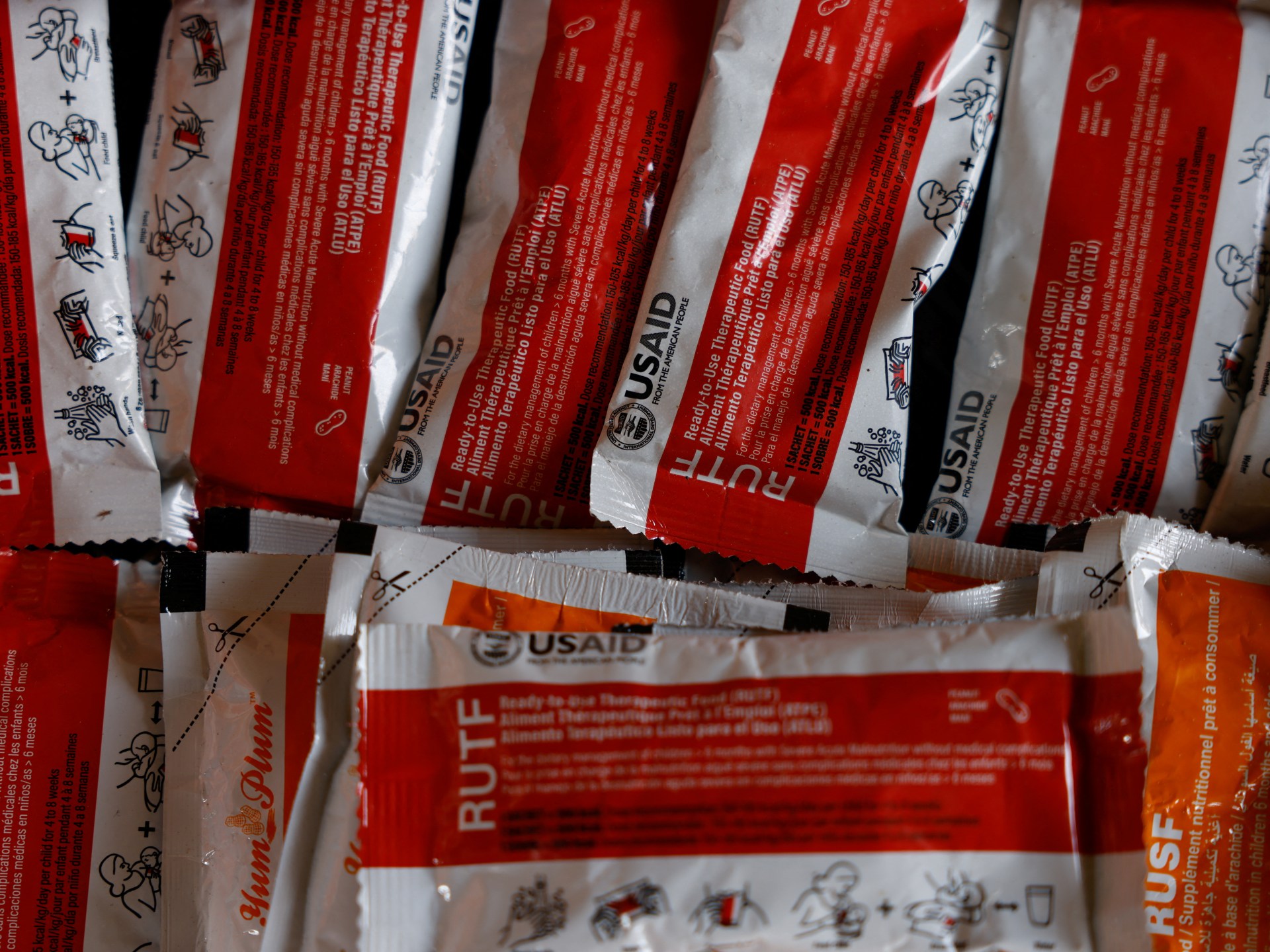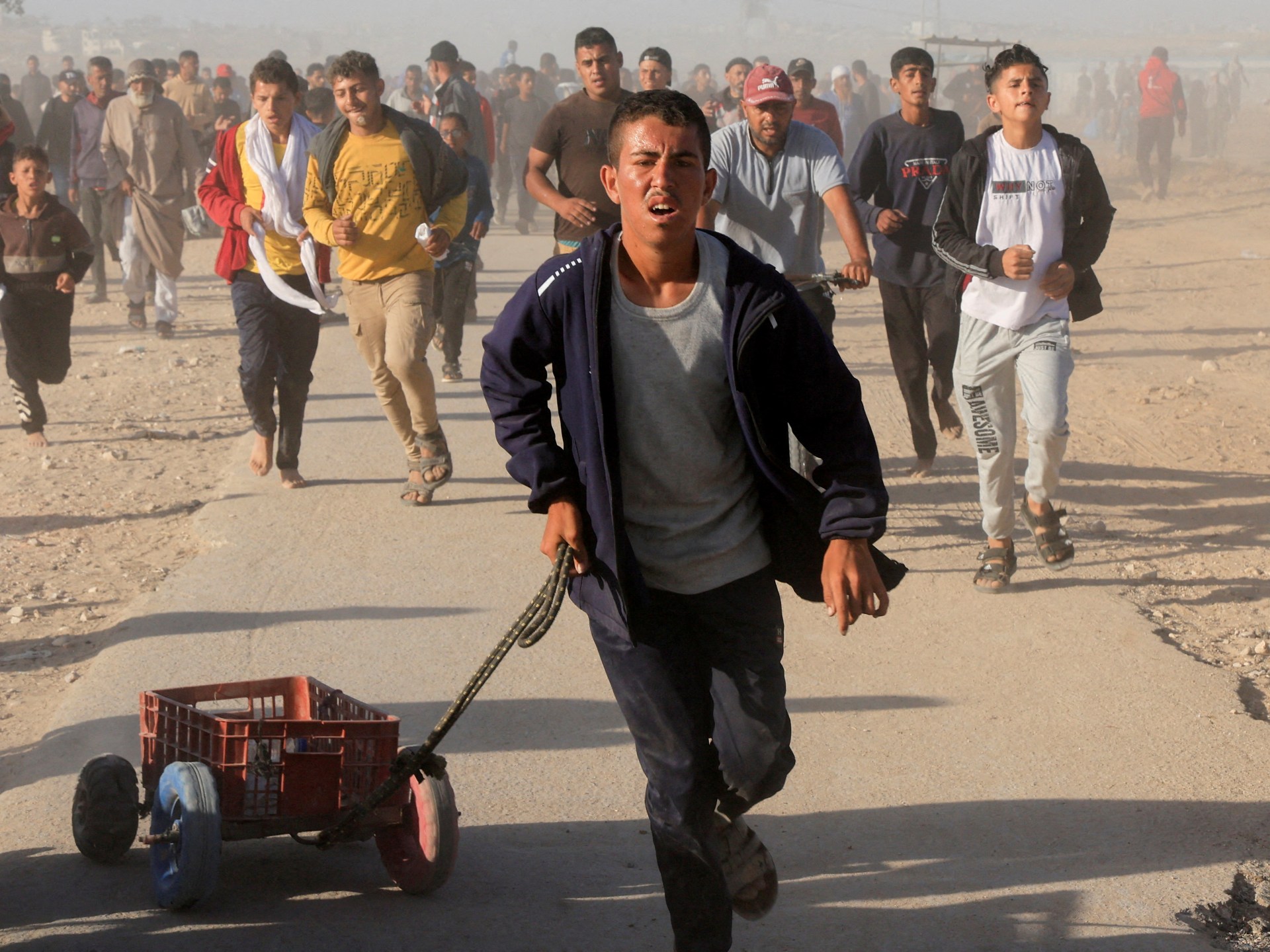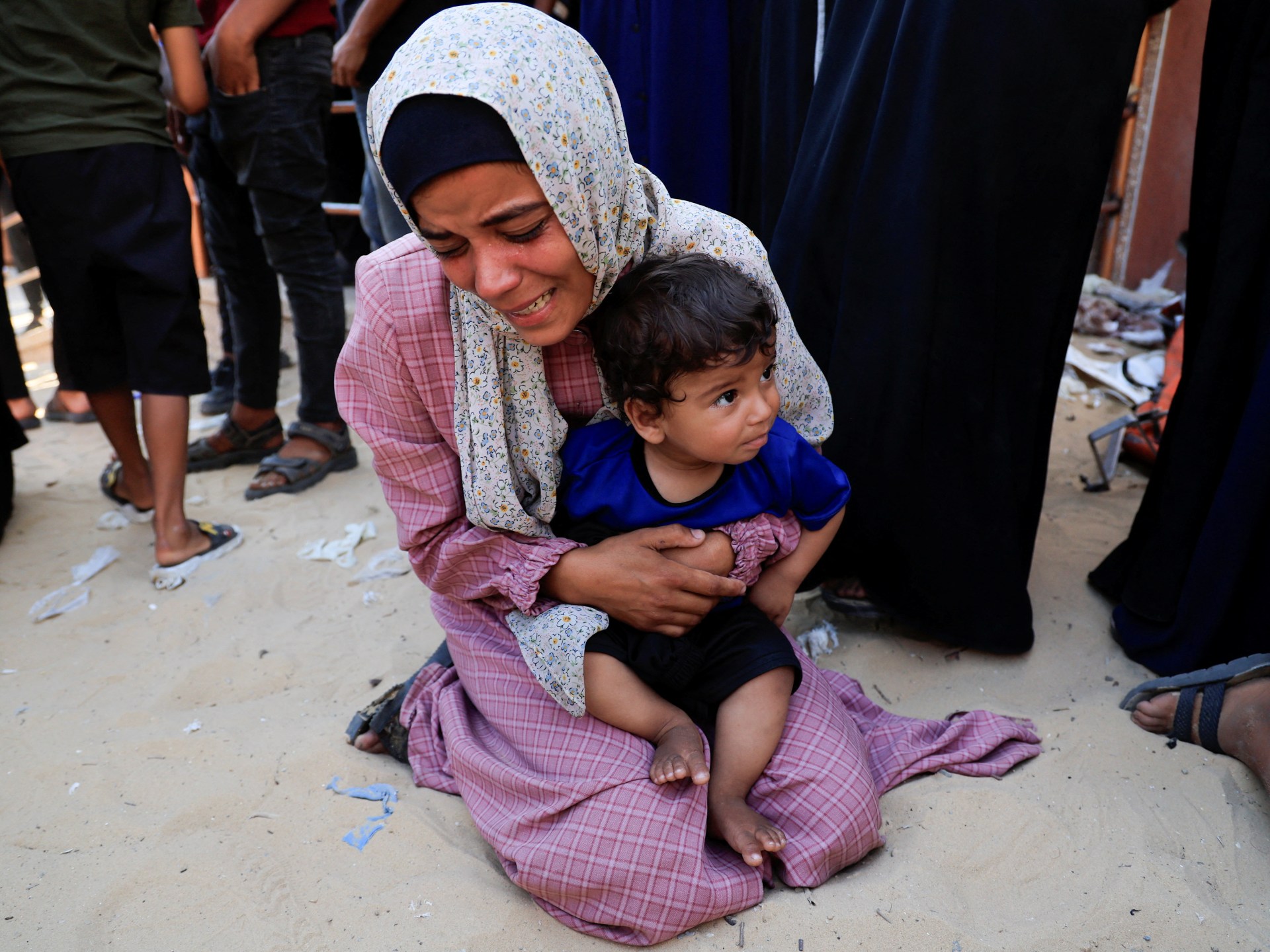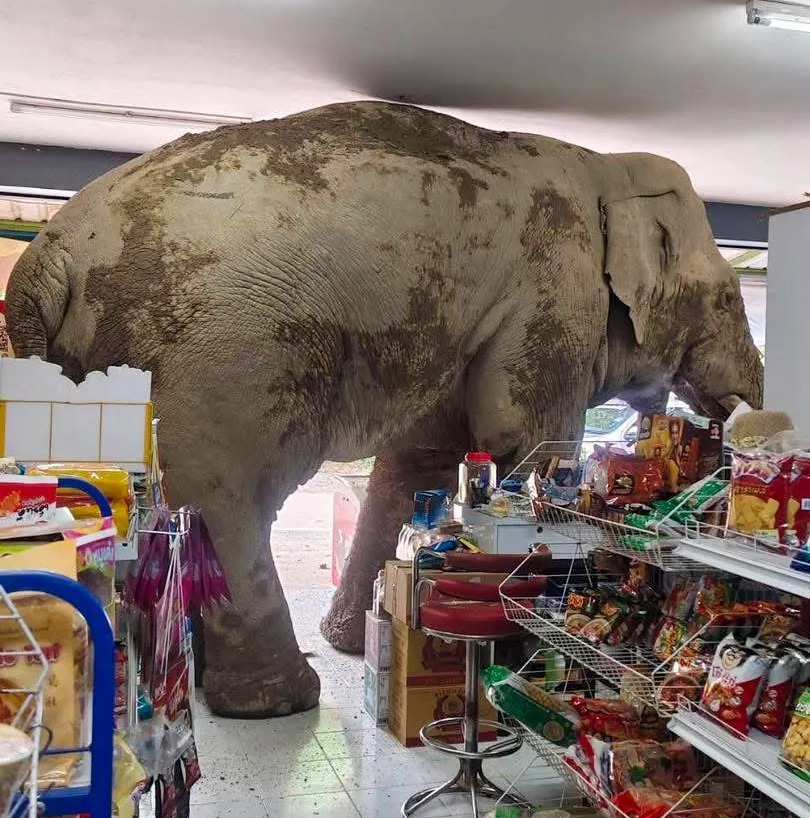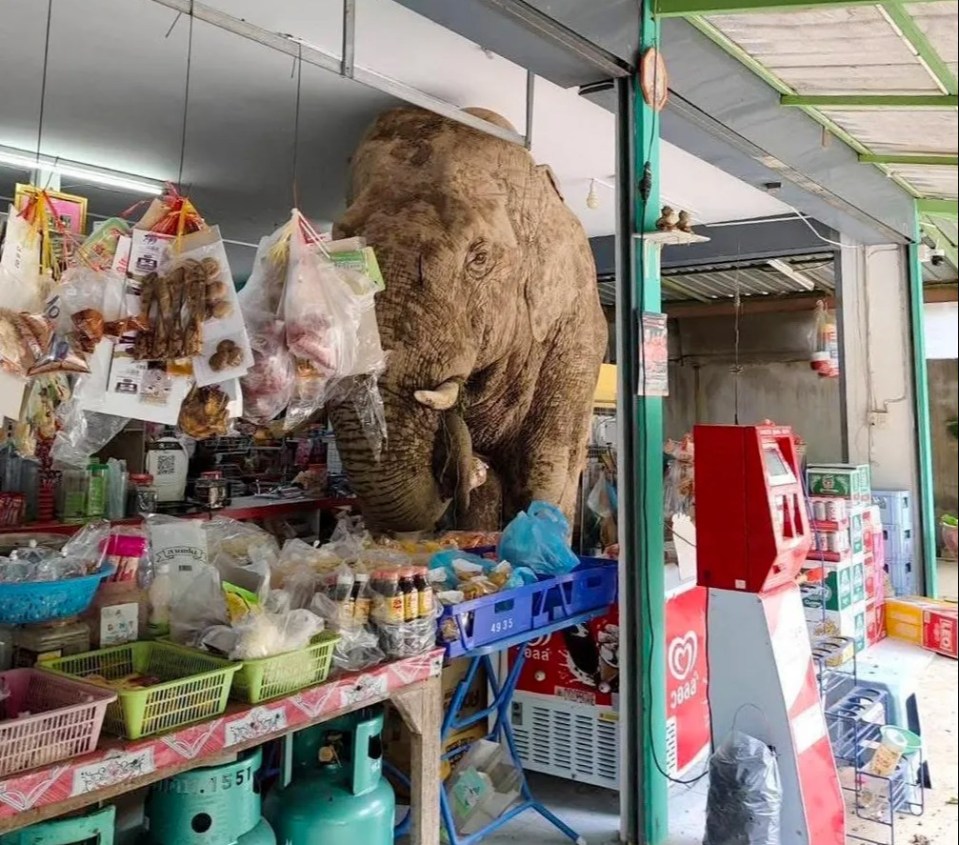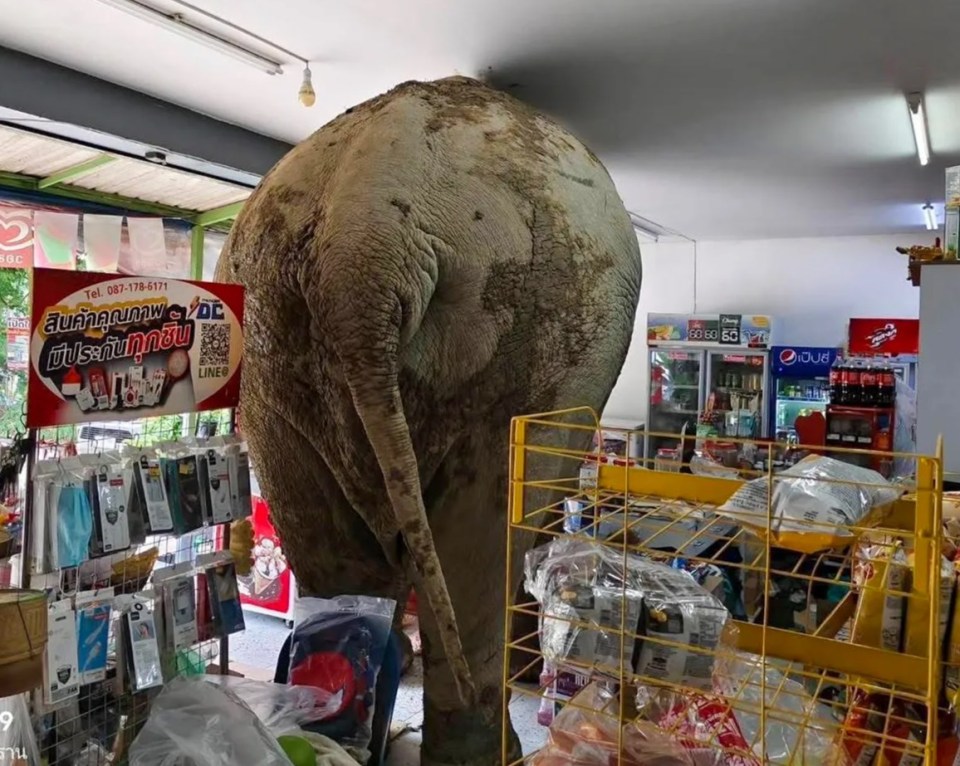Judges order USDA to restart SNAP funding, but hungry families won’t get immediate relief
Two federal judges told the U.S. Department of Agriculture in separate rulings Friday that it must begin using billions of dollars in contingency funding to provide federal food assistance to poor American families despite the federal shutdown, but gave the agency until Monday to decide how to do so.
Both Obama-appointed judges rejected Trump administration arguments that more than $5 billion in USDA contingency funds could not legally be tapped to continue Supplemental Nutrition Assistance Program benefits for nearly 42 million Americans while the federal government remains closed. But both also left unclear how exactly the relief should be provided, or when it will arrive for millions of families set to lose benefits starting Saturday.
The two rulings came almost simultaneously Friday.
In Massachusetts, U.S. District Judge Indira Talwani stopped short of granting California and a coalition of 24 other Democrat-led states a temporary restraining order they had requested. But she ruled that the states were likely to succeed in their arguments that the USDA’s total shutoff of SNAP benefits — despite having billions in emergency contingency funds on hand — was unlawful.
Talwani gave USDA until Monday to tell her whether they would authorize “only reduced SNAP benefits” using the contingency funding — which would not cover the total $8.5 billion to $9 billion needed for all November benefits, according to the USDA — or would authorize “full SNAP benefits using both the Contingency Funds and additional available funds.”
Separately, in Rhode Island, U.S. District Judge John McConnell granted a temporary restraining order requested by nonprofit organizations, ruling from the bench that SNAP must be funded with at least the contingency funds, and requesting an update on progress by Monday.
The White House referred questions about the ruling to the Office of Management and Budget, which did not immediately respond to a request for comment. It was not immediately clear if the administration would appeal the rulings.
The Massachusetts order was a win for California and the other Democrat-led states, which sued over the interruption to SNAP benefits — which were previously known as food stamps — as Republicans and Democrats continue to squabble over reopening the government in Washington.
However, it will not mean that all of the nation’s SNAP recipients — including 5.5 million Californians — will be spared a lapse in their food aid, state officials stressed, as state and local food banks continued scrambling to prepare for a deluge of need starting Saturday.
Asked Thursday if a ruling in the states’ favor would mean SNAP funds would be immediately loaded onto CalFresh and other benefits cards, California Atty. Gen. Rob Bonta — whose office helped bring the states’ lawsuit — said “the answer is no, unfortunately.”
“Our best estimates are that [SNAP benefit] cards could be loaded and used in about a week,” he said, calling that lag “problematic.”
“There could be about a week where people are hungry and need food,” he said. For new applicants to the program, he said, it could take even longer.
The rulings came as the now monthlong shutdown continued Friday with no immediate end in sight. The Senate adjourned Thursday with no plans to meet again until Monday.
It also came after President Trump called Thursday for the Senate to end the shutdown by first ending the filibuster, a longstanding rule that requires 60 votes to overcome objections to legislation. The rule has traditionally been favored by lawmakers as a means of blocking particularly partisan measures, and is currently being used by Democrats to resist the will of the current 53-seat Republican majority.
“It is now time for the Republicans to play their ‘TRUMP CARD,’ and go for what is called the Nuclear Option — Get rid of the Filibuster, and get rid of it, NOW!” Trump wrote on his Truth Social platform.
Los Angeles Regional Food Bank Chief Executive Michael Flood, standing alongside Bonta as members of the California National Guard worked behind them stuffing food boxes, said his organization was preparing for massive lines come Saturday, the first of the month.
He said he expected long lines of families in need of food appearing outside food distribution locations throughout the region, just as they did during the height of the COVID-19 pandemic.
“This is a disaster type of situation for us here in Los Angeles County, throughout the state of California and throughout the country,” Flood said.
“5.5 million Californians, 1.5 million children and adults in L.A. County alone, will be left high and dry — illegally so, unnecessarily so, in a way that is morally bankrupt,” Bonta said.
Bonta blamed the shutdown on Trump and his administration, and said the USDA has billions of dollars in contingency funds designed to ensure SNAP benefits continue during emergencies and broke the law by not tapping those funds in the current situation.
Bonta said SNAP benefits have never been disrupted during previous federal government shutdowns, and should never have been disrupted during this shutdown, either.
“That was avoidable,” he said. “Trump created this problem.”
The Trump administration has blamed the shutdown and the looming disruption to SNAP benefits entirely on Democrats in Congress, who have blocked short-term spending measures to restart the government and fund SNAP. Democrats are holding out to pressure Republicans into rescinding massive cuts to subsidies that help millions of Americans afford health insurance.
Abigail Jackson, a White House spokesperson, previously told The Times that Democrats should be the ones getting asked “when the shutdown will end,” because “they are the ones who have decided to shut down the government so they can use working Americans and SNAP benefits as ‘leverage’ to pursue their radical left wing agenda.”
“Americans are suffering because of Democrats,” Jackson said.
In their opposition to the states’ request for a temporary restraining order requiring the disbursement of funds, attorneys for the USDA argued that using emergency funds to cover November SNAP benefits would deplete funds meant to provide “critical support in the event of natural disasters and other uncontrollable catastrophes,” and could actually cause more disruption to benefits down the line.
They wrote that SNAP requires between $8.5 billion and $9 billion each month, and the USDA’s contingency fund has only about $5.25 billion, meaning it could not fully fund November benefits even if it did release contingency funding. Meanwhile, “a partial payment has never been made — and for good reason,” because it would force every state to recalculate benefits for recipients and then recalibrate their systems to provide the new amounts, they wrote.
That “would take weeks, if it can be done at all,” and would then have to be undone in order to issue December benefits at normal levels, assuming the shutdown would have lifted by then, they wrote. “The disruption this would entail, with each State required to repeatedly reprogram its systems, would lead to chaos and uncertainty for the following months, even after a lapse concludes,” they wrote.
Simply pausing the benefits to immediately be reissued whenever the shutdown ends is the smarter and less disruptive course of action, they argued.
During a Thursday hearing in the states’ case, Talwani had suggested that existing rules required action by the government to prevent the sort of suffering that a total disruption to food assistance would cause, regardless of whatever political showdown is occurring between the parties in Washington.
“If you don’t have money, you tighten your belt,” she said in court. “You are not going to make everyone drop dead because it’s a political game someplace.”
In addition to suing the administration, California and its leaders have been rushing to ensure that hungry families have something to eat in coming days. Gov. Gavin Newsom directed $80 million to food banks to stock up on provisions, and activated the National Guard to help package food for those who need it.
Counties have also been working to offset the need, including by directing additional funding to food banks and other resource centers and asking partners in the private sector to assist.
Dozens of organizations in California have written to Newsom calling on him to use state funds to fully cover the missing federal benefits, in order to prevent “a crisis of unthinkable magnitude,” but Newsom has suggested that is not possible given the scale of funding withheld.
According to the USDA, about 41.7 million Americans were served through SNAP per month in fiscal 2024, at an annual cost of nearly $100 billion. Of the 5.5 million Californian recipients, children and older people account for more than 63%.
This article includes reporting by the Associated Press.
